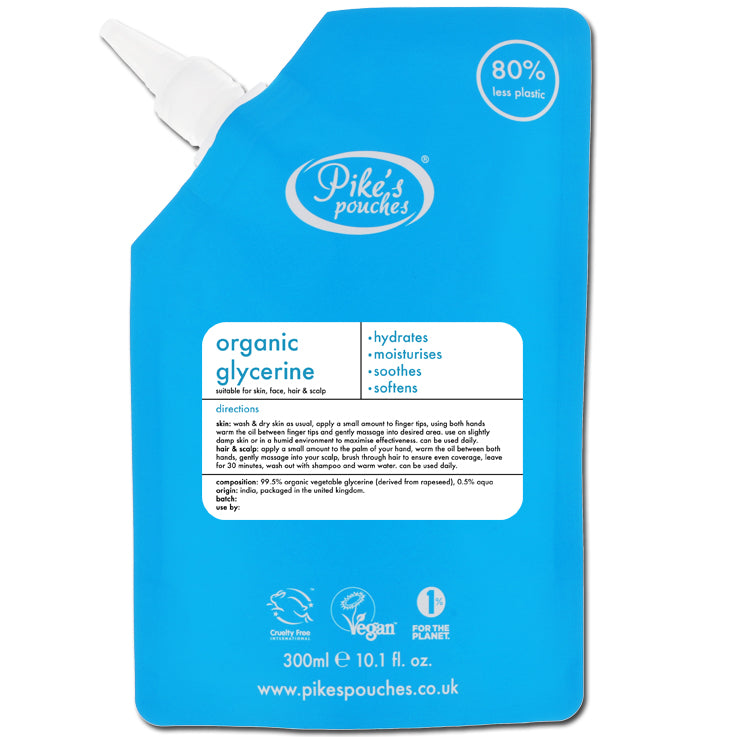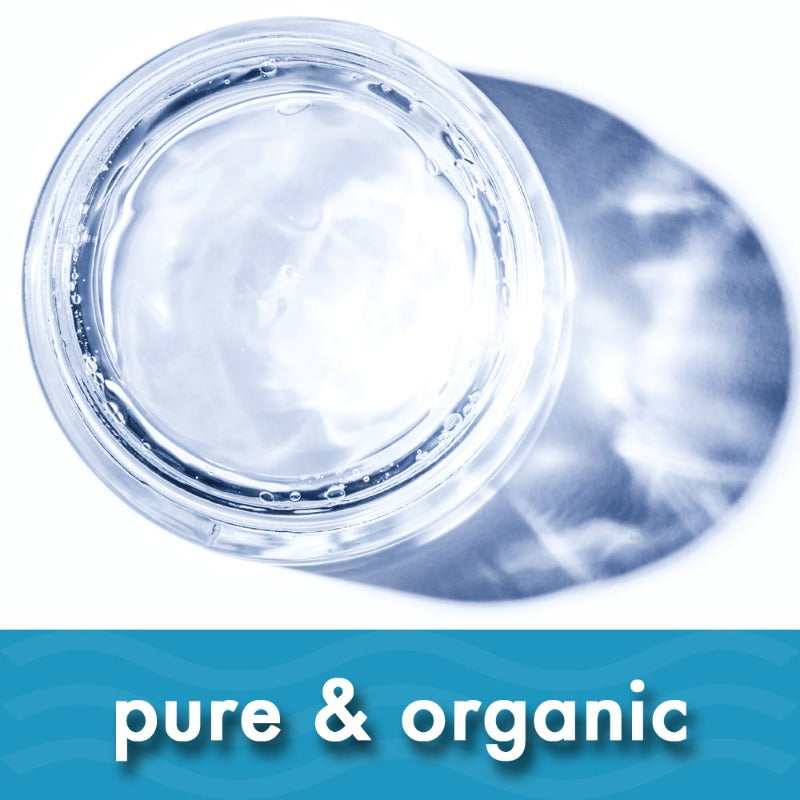Estimated reading time: 3 minutes
If you're searching for a natural ingredient that can provide you with smooth and hydrated skin, glycerine is worth considering. This viscous and colourless liquid is derived from vegetable oils and is commonly used in skincare products for its moisturising properties. But is glycerine good for skin? Let's explore.
In this post, we'll look at the benefits of glycerine oil for your skin and share some best practices for using natural and organic glycerine. So take a seat, relax, and let's delve in.
Table of Contents:
- What is Glycerine Oil?
- Benefits of Glycerine for Skin
- How to Use Glycerine for Skin
- Why Choose Natural and Organic Glycerine?
- In Conclusion
What is Glycerine Oil?
Glycerine, also known as glycerol, is a naturally occurring compound found in animal and vegetable fats. It is a viscous liquid that is extensively used in skincare products, soaps, and other personal care items due to its moisturising properties. Glycerine can be derived from animal fats or vegetable oils, but we recommend using natural and organic glycerine derived from vegetable oils.
Benefits of Glycerine for Skin
Glycerine has numerous benefits for your skin. Here are some of the key advantages of using glycerine in your skincare routine:
-
Hydration: Glycerine is a natural humectant, which means it attracts and retains moisture in your skin. It creates a protective layer on your skin that prevents moisture loss, keeping your skin hydrated and soft.
-
Anti-Aging: Glycerine can help reduce the appearance of fine lines and wrinkles by restoring your skin's moisture barrier. It also promotes cell regeneration, which helps to keep your skin looking youthful and fresh.
-
Soothing: Glycerine has anti-inflammatory properties that can help soothe irritated and inflamed skin. It can also relieve itching and redness caused by dryness and other skin conditions.
-
Brightening: Glycerine can help even out your skin tone and reduce the appearance of dark spots and hyperpigmentation. It can also give your skin a healthy glow.
How to Use Glycerine for Skin
Now that you know the benefits of glycerine, here are some best practices for using it in your skincare routine:
-
Use a small amount: Glycerine is a concentrated ingredient, so a little goes a long way. Start with a small amount and gradually increase as needed.
-
Apply to damp skin: For best results, apply glycerine to damp skin after cleansing and toning. This will help lock in moisture and keep your skin hydrated.
-
Use with caution: While glycerine is generally safe for most skin types, it can cause irritation in some people. If you experience any redness, itching, or discomfort, stop using glycerine immediately.
Why Choose Natural and Organic Glycerine?
As we mentioned earlier, glycerine can be derived from animal fats or vegetable oils. While both types of glycerine can be used in skincare products, we recommend using natural and organic glycerine derived from vegetable oils. Also because it's more ethical and sustainable. Using vegetable-based glycerine is a more ethical and sustainable choice. It is cruelty-free and vegan, and it does not contribute to deforestation or other environmental issues associated with animal agriculture.












